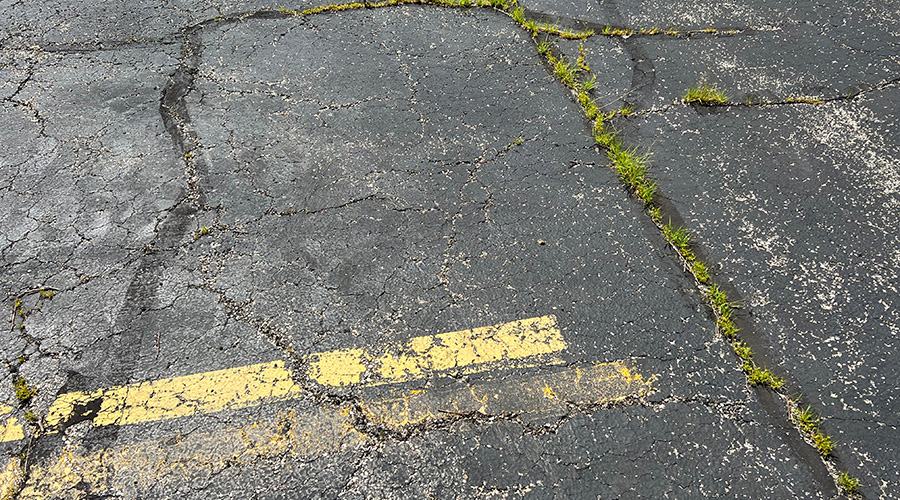Smart Controllers Help Detect Leaks Earlier, Conserve Water
Part 3 of a 3 part article on irrigation systems
By upgrading to an irrigation system equipped with smart controllers, grounds managers can more easily monitor their systems and detect small leaks before they become large sources of waste.
Irrigation systems waste one-half of the water they use, according to the U.S. Environmental Protection Agency. The top reasons for water waste in irrigation systems are oversaturation from runoff and breaks in the system’s lateral and mainline pipes.
Smart controllers can also play a significant role in the time it takes to find a problem and address it.
“Where you truly get the biggest impact of efficiency and true bang for your buck is when you spend to upgrade with flow monitoring and nozzle upgrades with going to drip versus spray,” Shelby says. “There are a bunch of things to slow down the amount of water you’re putting on the property so that it can actually absorb it.
“You can monitor how much water is going through a zone so that if there is a break in a lateral line or a mainline, the controller not only sees it but it can turn itself off. Not only does the system turn itself off. It shoots off an e-mail or text that says ‘Hey, I’ve got a problem.’”
Cutting consumption
Installing cisterns and pumps to collect and eventually distribute rainwater and condensate catchment for irrigation purposes can cost thousands of dollars to complete. But after the equipment is in place, facilities can dramatically reduce their water bills by limiting the amount of water purchased from the utility.
“The maintenance versus paying for that water greatly trumps what that water cost then would be,” Shelby says. “We have so much of that water that’s available that we don’t capitalize on. With a little bit of engineering, it’s not that hard to capture that water for reuse. It is a bit expensive on the front side for a huge return on the backside.”
Another option for managers is to reclaim gray water from restroom sinks, showers and tubs for irrigation purposes.
“That water, with a little bit of treatment, is easy to put right back into the landscape,” Shelby says.
Related Topics:














